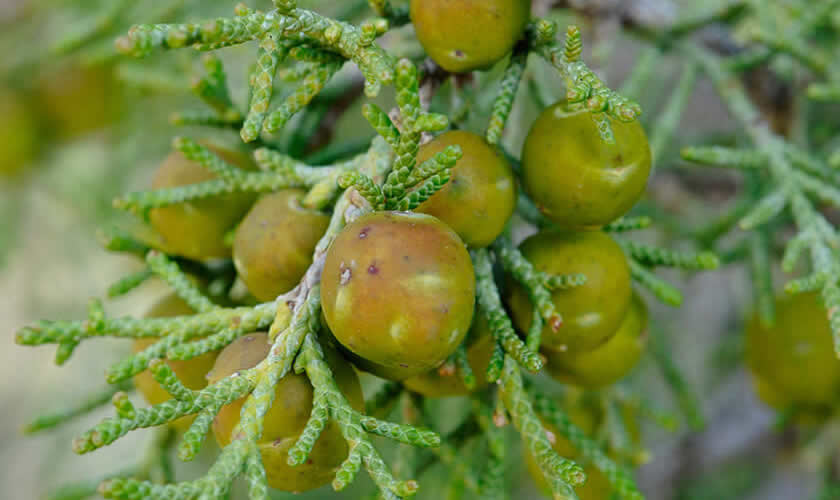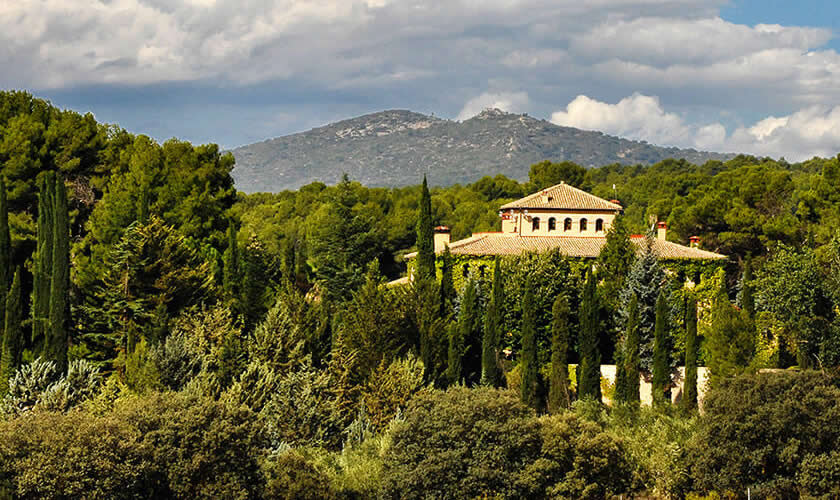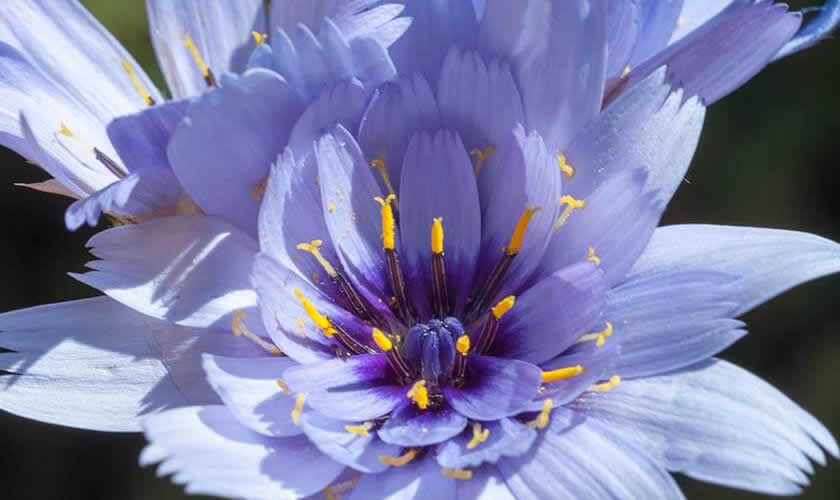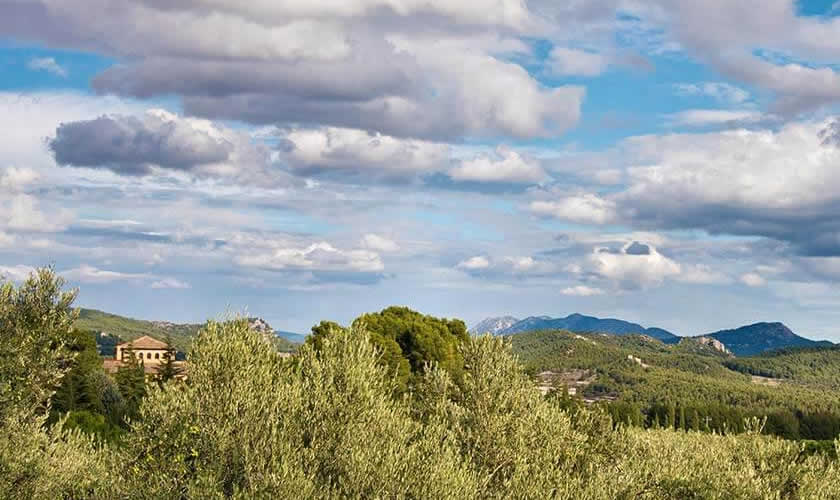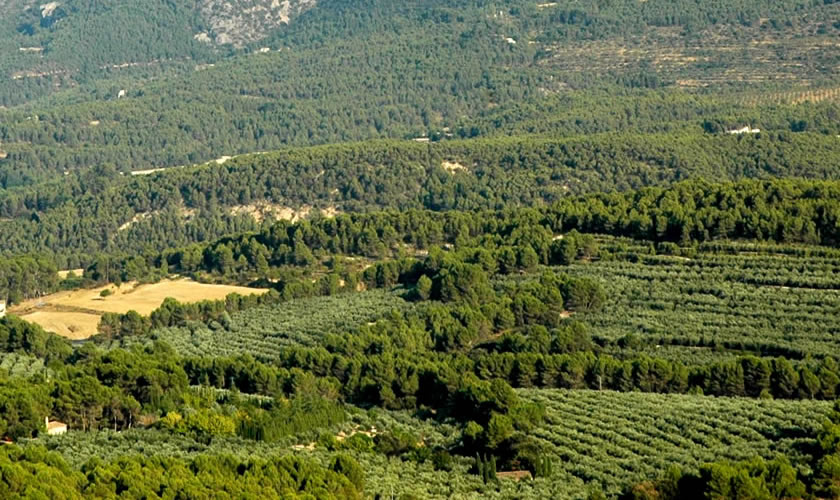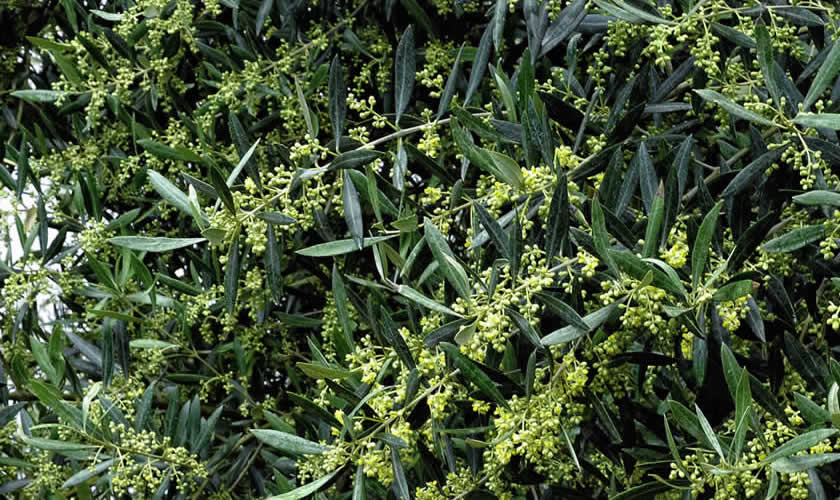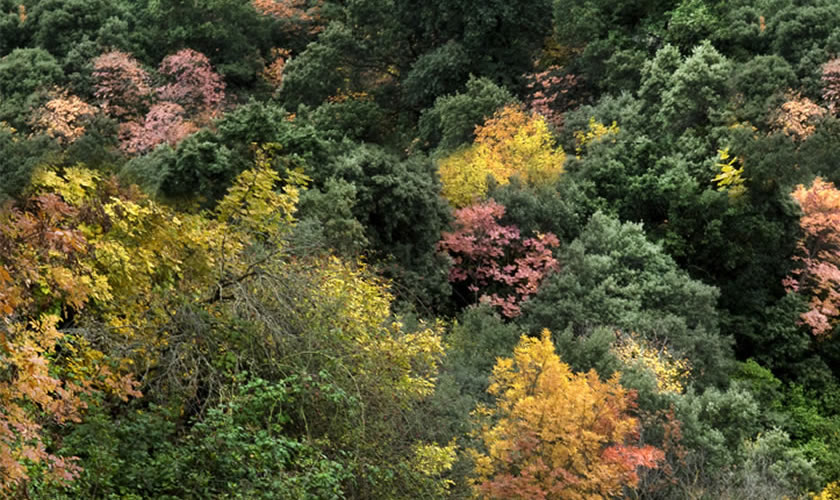The Masía el Altet estate is located in a narrow valley, surrounded by mountains with vegetation of pine, holme oak, kermes oak, savin, juniper, ash, maple, gall oak, etc. Half of the olive estate lies within the Font Roja Natural Park and the other half in the Sierra De Mariola Natural Park; it is an extraordinarily beautiful spot, as expressed in the writings of the illustrious botanist and historian Don Antonio Cavanilles in his 1797 book Observaciones sobre la historia natural, geográfica y agrícola sobre el Reino de Valencia.
The Sierra de Mariola natural park is, in the opinion of many well-known botanists, the mountain area with the most aromatic and medicinal plants in the world.
More than 1200 species of higher plants have been catalogued, including many plants endemic to Eastern Spain and the Alicante area.
These aromatic and medicinal plants include: southern wormwood, satureja, arnica, heather, juniper, hawthorn, lavender, rockrose, mint, fennel, St John’s wort, camomile, melissa, oregano, nettle, calamintha, chenille, rosemary, sage, cistus, thyme, summer savory, stonecrop, blackberry, wall germander, false yellowhead, nailwort, pebrella, white dittany and many, many more.
The particular personality of the Masía el Altet Extra Virgin Olive Oil is largely determined by the fact that so many of these aromatic and medicinal plants grow in and around the olive groves, giving the fruit its special, unique organoleptic properties.
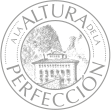
 ES
ES
